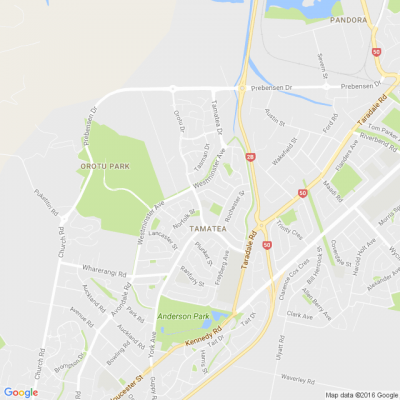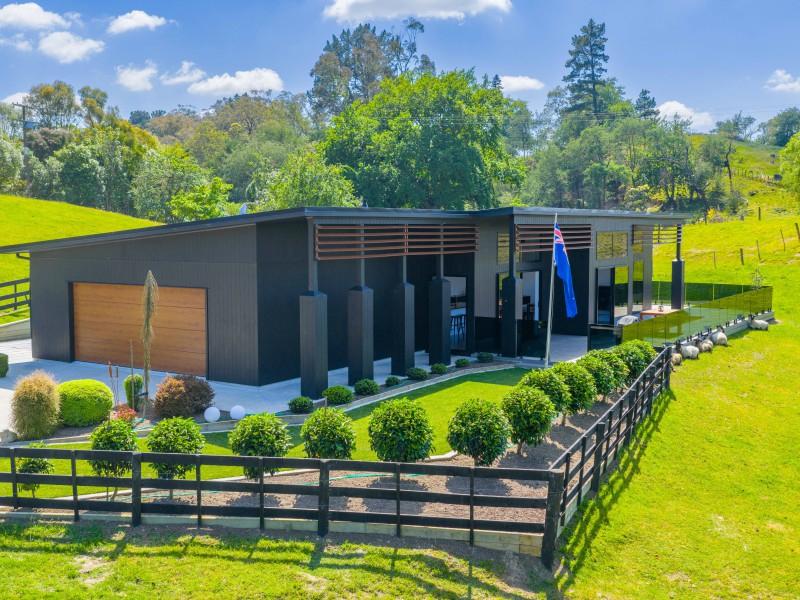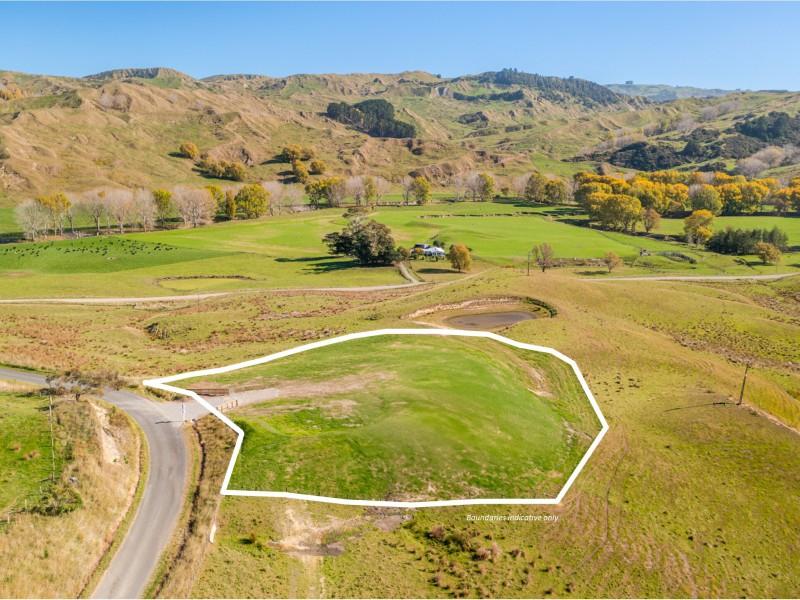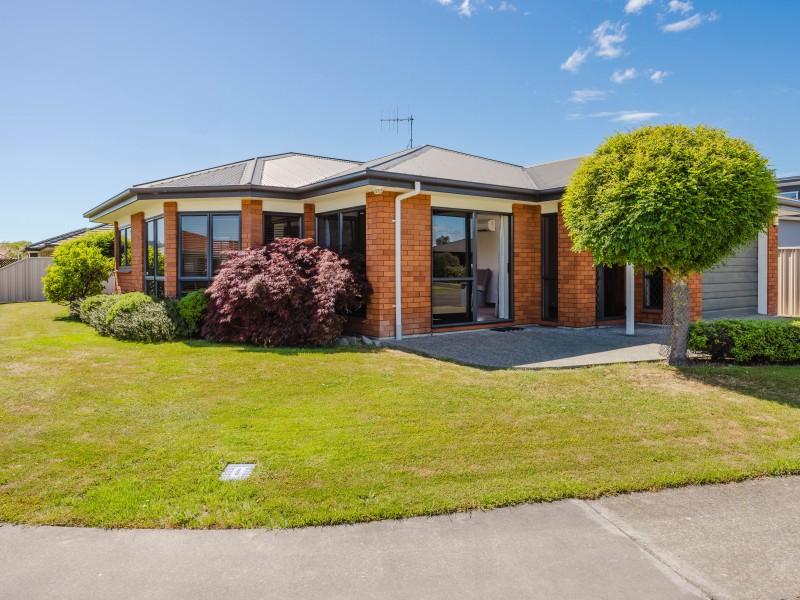
Know what’s happening
Access the private noticeboard for verified neighbours near you. Keep informed about any suspicious activity, send urgent updates to your neighbours when required and discuss emergency planning.
Get to know your neighbours
Browse the directory and start getting to know your neighbours. Don’t want to post to the whole neighbourhood? Send a private message.
Buy, sell and give away
Want to declutter your garage? Buy some used household items? Give away some garden stuff? Become a verified neighbour to browse and post items for sale. Trading is simple when everyone lives nearby.


Bring out the best in the concrete you already have #resenetip
Rejuvenate or refresh the colour of concrete inside or out with Resene ConcreteWash, a wash of sheer colour that can help to warm up the look of concrete without the need to replace it.

Thank you for using Neighbourly
You may receive an email confirmation for any offer you selected. The associated companies will contact you directly to activate your requests.
World Book Day changes lives through a love of books and shared reading.
This World Book Day, 23 April 2022, we want to see more children develop a life-long habit of reading for pleasure, and enjoy the opportunities and benefits this brings them. Designated by UNESCO as a worldwide celebration… View moreWorld Book Day changes lives through a love of books and shared reading.
This World Book Day, 23 April 2022, we want to see more children develop a life-long habit of reading for pleasure, and enjoy the opportunities and benefits this brings them. Designated by UNESCO as a worldwide celebration of books and reading, World Book Day is marked in over 100 countries around the globe.

Get decorating and save with Resene!
Get 20% off Resene premium paints, wood stains, primers, sealers, decorating accessories, wallpapers and cleaning products at your local Resene ColorShop.
Make the most of your home with paint designed in New Zealand for New Zealand conditions. Made right … View moreGet decorating and save with Resene!
Get 20% off Resene premium paints, wood stains, primers, sealers, decorating accessories, wallpapers and cleaning products at your local Resene ColorShop.
Make the most of your home with paint designed in New Zealand for New Zealand conditions. Made right here in New Zealand since 1946 and voted Most Trusted Paint every year since 2012!
See sale details online: www.resene.co.nz/sale
Find out more

Paula from Taradale
Asking on behalf does anyone have a baby monitor with camera please.
Mary Anne from Taradale
Tomorrow, Saturday 23rd. 8.30 to 1pm
At Red Cross. 35 Cadbury Rd, off Austin St, Onekawa.
Awesome hand knitted garments for winter. Books galore! Shop open and stacked with children's clothes.
Negotiable
The Team from NZ Compare
Sometimes having NO plan is a great plan! But if you feel the need to do something this long weekend then take a look at our top ideas.
From the team at NZ Compare - be safe and smile with your loved ones. Lest we forget. ❤️

The Team from Resene ColorShop Napier
Painted glass bottles make a stylish display on their own or with the addition of dried foliage. The paint is on the inside so they still have that lovely glass sheen. Use Resene testpots to co-ordinate with your home's colour palette.
Find out how to create your own.

Mei Leng Wong Reporter from NZ Gardener & Get Growing
Dear neighbours,
Every month, NZ Gardener runs a series of tested reader recipes using a seasonal crop. We are now on the hunt for persimmon recipes, so send your best ones to mailbox@nzgardener.co.nz before April 29, 2022.
Every published recipe wins a copy of our special edition Homegrown … View moreDear neighbours,
Every month, NZ Gardener runs a series of tested reader recipes using a seasonal crop. We are now on the hunt for persimmon recipes, so send your best ones to mailbox@nzgardener.co.nz before April 29, 2022.
Every published recipe wins a copy of our special edition Homegrown Recipes.

World Creativity and Innovation Day provides people with an excuse to try to solve old problems in new ways, with the potential of finding better and more effective methods to accomplish our goals!

Ian Morton from Waterworx HB
Looking to upgrade your Hot Water System, you can pay it off with the regional council

Robert from Poraiti
Hi just seeing if anyone could recommend someone who could cut back some trees on a lifestyle block. Happy if it’s mixed in between other work. But would just be good to get them cut back when it’s winter and the leaves are all off. Thanks
Mary Anne from Taradale
At Red Cross Shop. 35 Cadbury Rd, Onekawa, Off Austin St.
Please remember to keep wearing your mask in our shop, thank you.
Kids clothing rack well stocked with winter goodies. 50c per item unless priced.
Shop open 10am to 4pm.
See you at our place for some great bargains.
Negotiable
Mary Anne from Taradale
Saturday April 23rd. 8.30am to 1pm.
Amazing knitted goods. Priced well. Eftpos or cash.
Book bargains galore.
Shop open with children's racks well stocked.
At Red Cross, 35 Cadbury Rd, Onekawa, off Austin St. Saturday 23rd.
Negotiable
Rhondda from Tamatea
Ahoy Starling Sailors! Beautiful white Mike Pearce built Starling for sale. $5,000 ONO Check out the Trade Me listing: www.trademe.co.nz....
Price: $5,000
Todd Foster from Maidens & Foster Auctioneers Ltd
Antique Auction Thursday 10am.
Viewing & Catalogues Wednesday 8-6 & Thursday from 8am.
Note: No General Auction this Wednesday.
Haiku is a form of Japanese poetry made of short, unrhymed lines that evoke natural imagery. Haiku can come in a variety of different formats of short verses, though the most common is a three-line poem with a 5-7-5 syllable pattern. Have a go and share your Haiku in the comments below!

 Loading…
Loading…
Are you sure? Deleting this message permanently removes it from the Neighbourly website.
 Loading…
Loading…

 Buyers $855,000+
Buyers $855,000+



 Marketed by Donna Milburn
Marketed by Donna Milburn

 By Negotiation
By Negotiation



 Marketed by Matt Oliver
Marketed by Matt Oliver

 By Negotiation
By Negotiation

 Marketed by Matt Oliver
Marketed by Matt Oliver

 Buyers $725,000+
Buyers $725,000+



 Marketed by Matt Oliver
Marketed by Matt Oliver
© Neighbourly 2025
